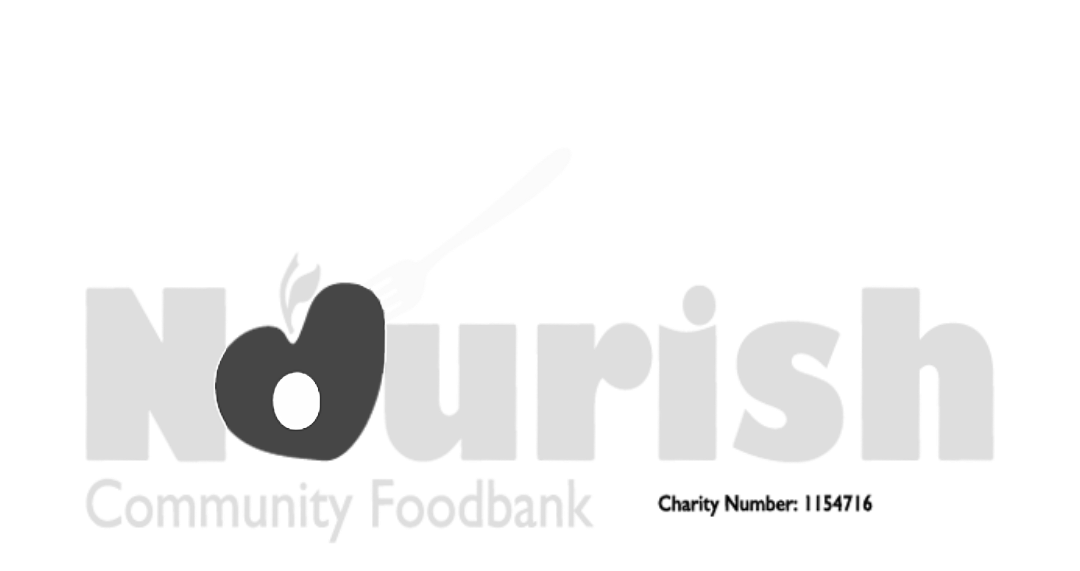5 Bookkeeping Tips for UK Businesses
Stay Compliant & Organised
Bookkeeping is the backbone of any successful business, ensuring that financial records are accurate, up-to-date, and compliant with legal requirements.
In the UK, there are different specific regulations and practices depending on whether your business is a Limited Company or files taxes through the self-assessment process. In both cases efficient bookkeeping crucial not only to ensure taxes are reported correctly but also to provide ongoing management information to improve critical business decisions.
Here are the top five tips for effective bookkeeping in the UK:
1. Stay Organised with Digital Tools
In today's digital age, leveraging technology can significantly enhance your bookkeeping processes. Accounting software like QuickBooks, Xero, or FreeAgent, are popular in the UK for their user-friendly interfaces and comprehensive features. These tools help automate many bookkeeping tasks, such as invoicing, tracking expenses, and reconciling bank statements. They also provide real-time financial insights, making it easier to make informed business decisions.
2. Understand and Comply with HMRC Requirements
Her Majesty's Revenue and Customs (HMRC) sets specific requirements for record-keeping and reporting. Ensure you understand these obligations, including what records you need to keep and for how long. Typically, businesses must keep records for at least six years. Familiarise yourself with Making Tax Digital (MTD), a government initiative requiring businesses to keep digital records and submit VAT returns using compatible software. Non-compliance can result in penalties, so staying informed is crucial.
3. Regularly Reconcile Your Accounts
Regular reconciliation of your bank statements with your bookkeeping records helps identify discrepancies early, preventing minor errors from becoming significant issues. Aim to reconcile your accounts at least once a month. This practice ensures that your financial records accurately reflect your business's transactions, aiding in better cash flow management and financial planning. Many of the cloud based apps use bank feeds to further simplify the art of bank reconciliation.
4. Separate Business and Personal Finances
Mixing personal and business finances can complicate your bookkeeping and lead to inaccuracies. Open a separate bank account for your business to ensure that all business transactions are recorded distinctly. This separation simplifies tracking income and expenses, making it easier to manage your books and reducing the risk of errors.
5. Hire an Accounting Professional
While bookkeeping software can handle many tasks, an accounting professional brings expertise that is invaluable in drafting and filing the necessary returns to both HMRC and Companies House. They can help with complex tasks like tax planning, financial forecasting, and ensuring compliance with UK tax laws. An accountant can also provide strategic advice to help your business grow. Even if you manage day-to-day bookkeeping yourself, consulting with an accountant periodically can help you stay on track and avoid costly mistakes.
Conclusion
Efficient bookkeeping is essential for the smooth operation and success of any business. Modern accounting packages offer the business owner the ability to manage their own bookkeeping but hiring a bookkeeper is essential for business success. Professional bookkeepers ensure compliance, saves time and provides valuable insights, enabling the business owner to focus on what they do best – running and growing their business. Investing in a skilled bookkeeper ultimately leads to better financial health, reduced risk and increased peace of mind.
MPower Accounting provide a comprehensive bookkeeping service so please do contact us to learn more about how our support can enable your business to grow.









